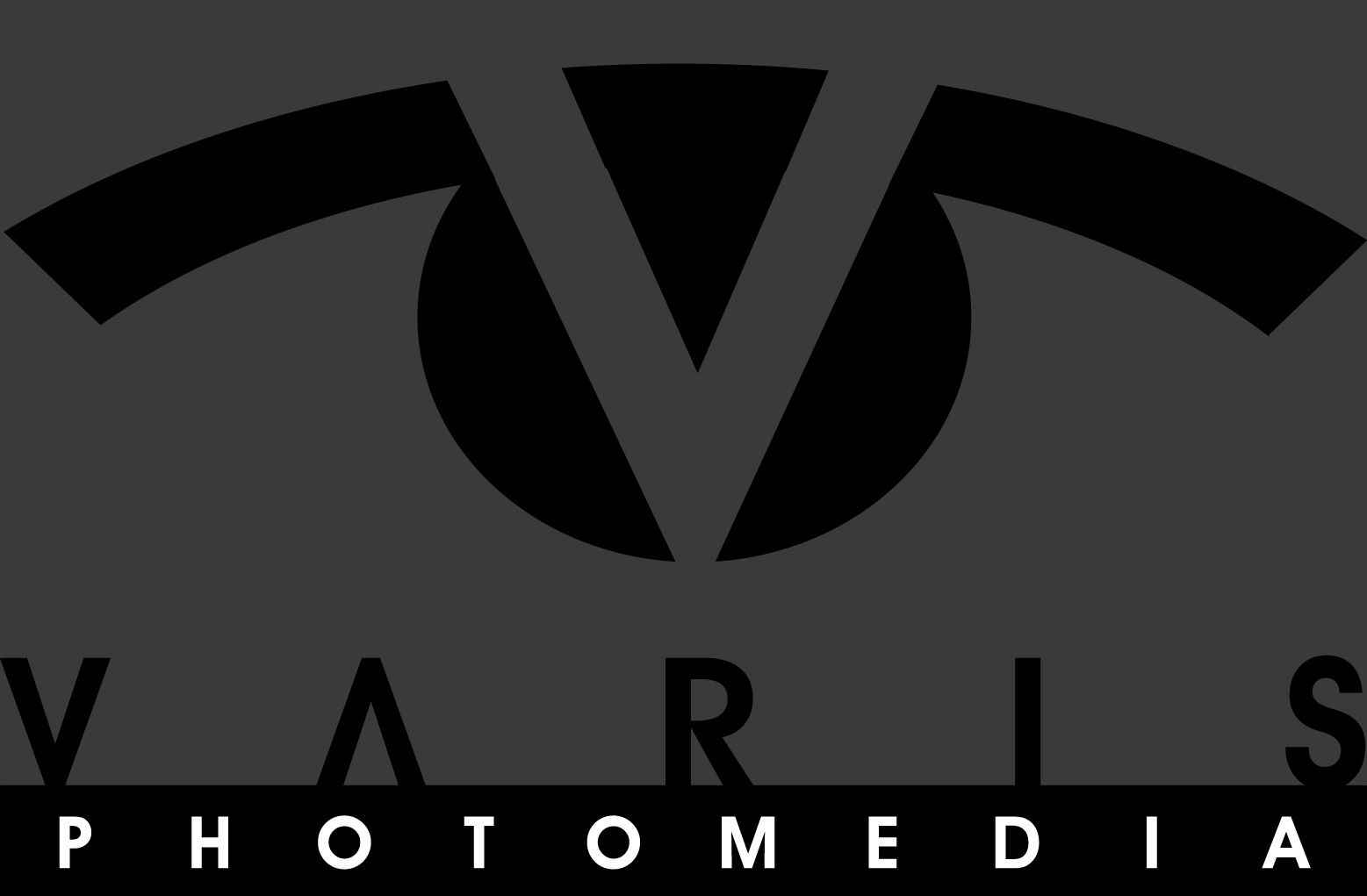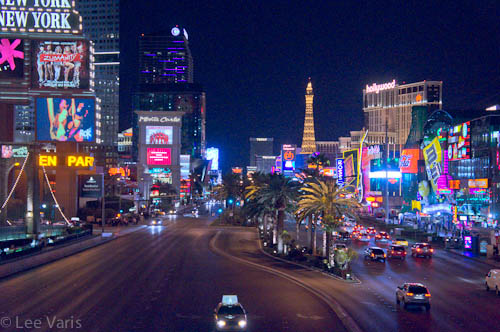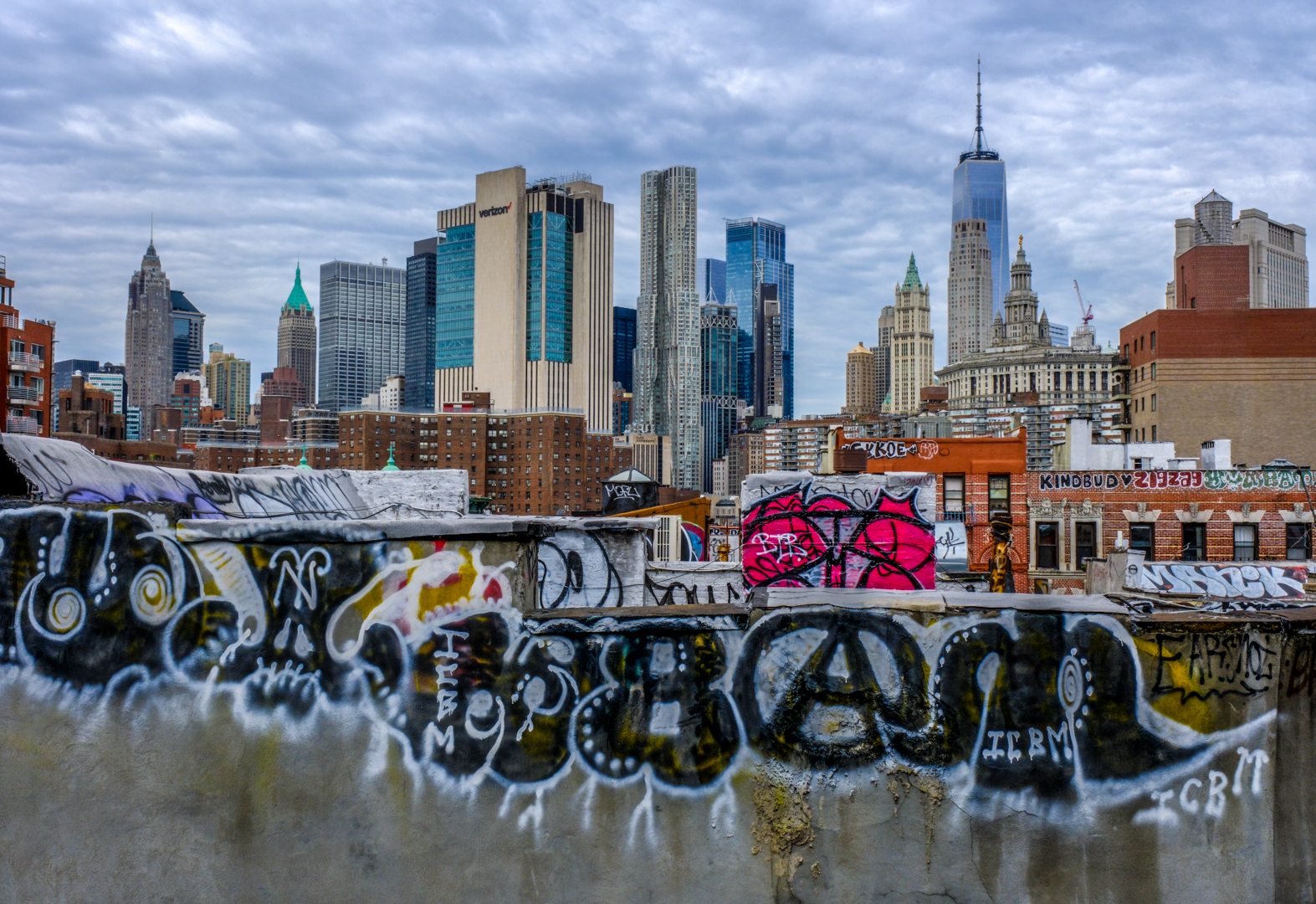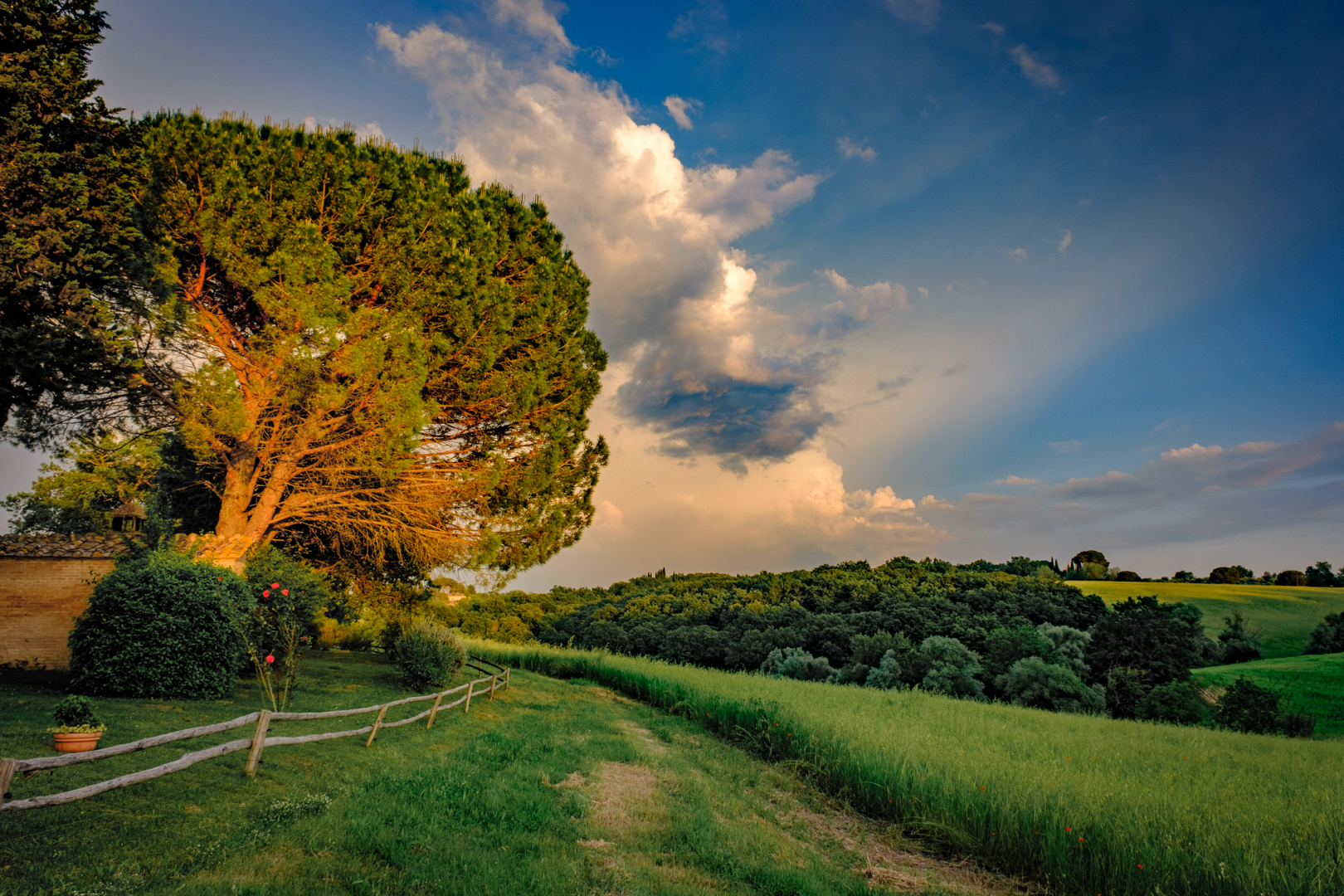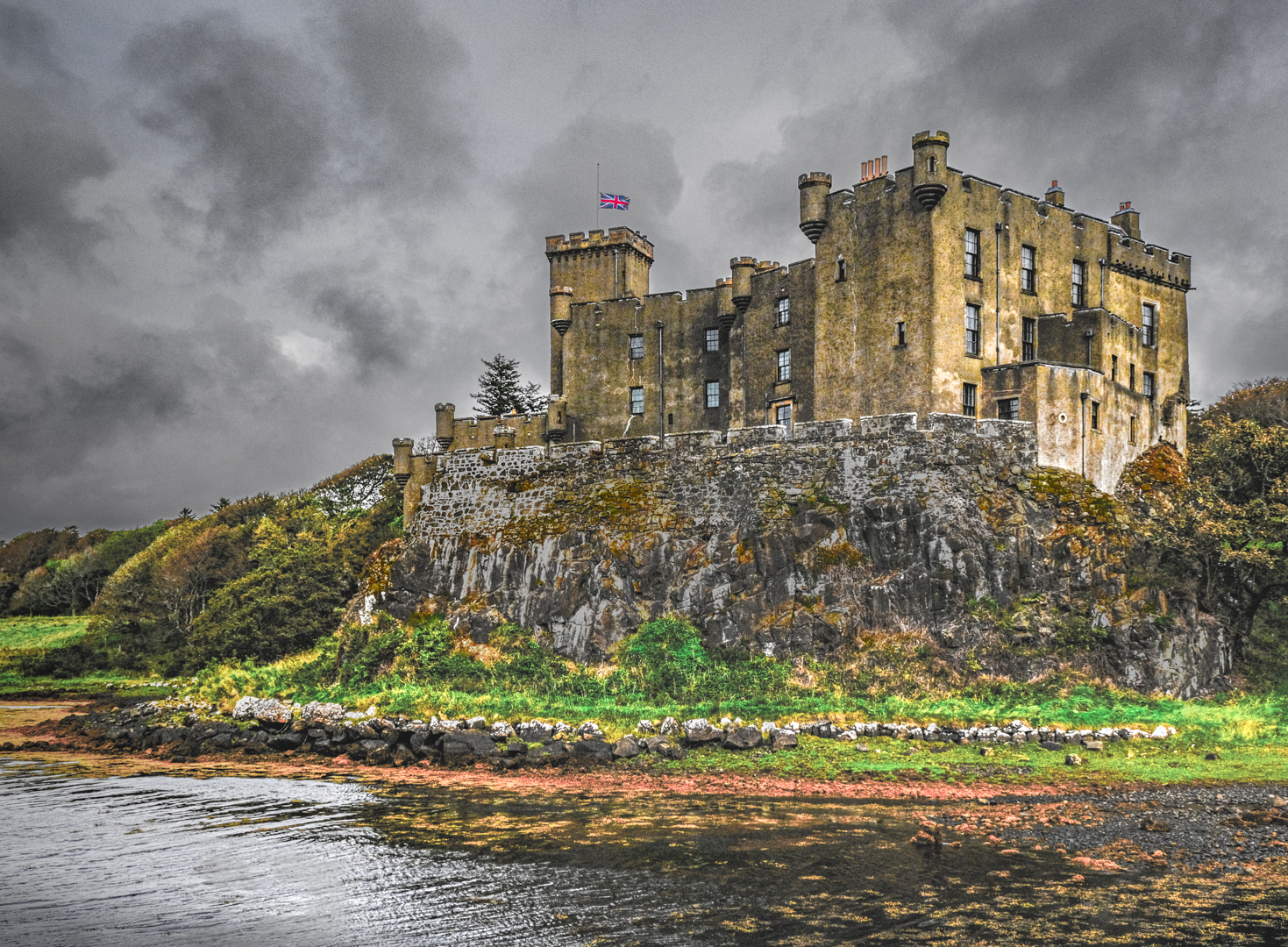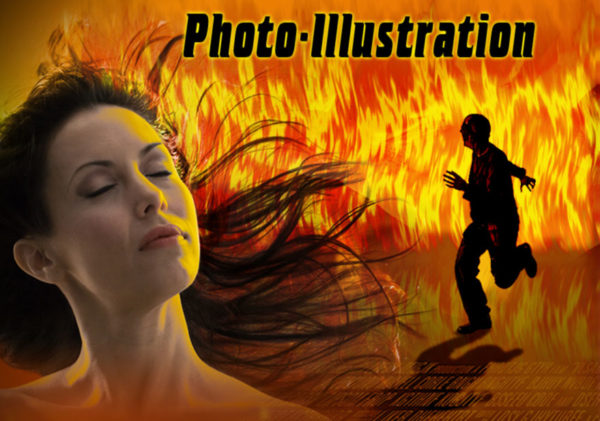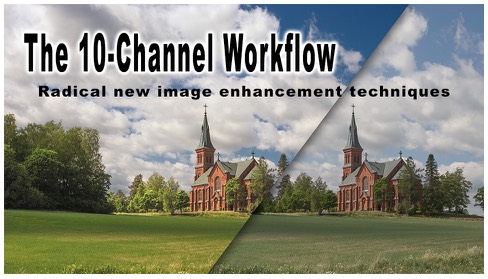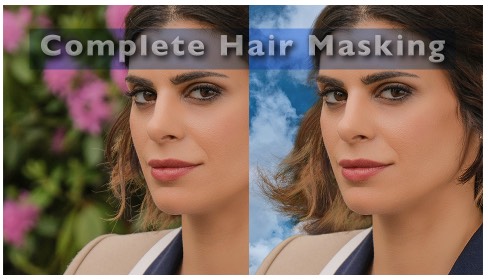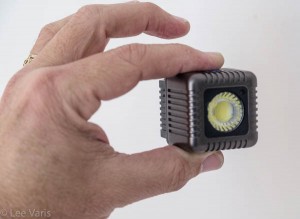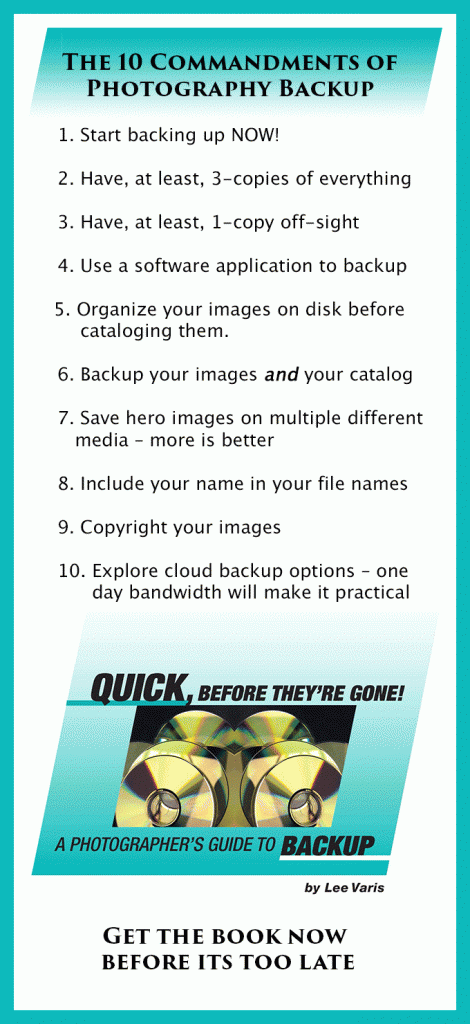Adventures at the largest tradeshow in the US – in Las Vegas
Greetings from Las Vegas, home of the largest tradeshow in the US, the Consumer Electronics Show! This year its two shows in one with a merger of the PMA (Photo Marketers Association) into the CES show. Every year I attend the PMA show where, as an active board member of the DIMA subdivision of PMA, I am responsible for determining the content of the educational sessions. I also presented a seminar at the DIMA pre-show sessions on my 10-Channel Workflow. This year I was tasked with finding some PMA “Hot Picks” and surveyed a portion of the convention center center hall to select items for inclusion in the “Hot Picks” roster. This turned into a somewhat arduous task because, unlike past years, photographic items where interspersed with a wide range of other electronic items like: an electronic toilet, massaging beds and innumerable iPhone apps and accessories. The overall convention takes up the entire Las Vegas convention center, including the parking lot, plus 4-floors of exhibition space in the Venetian Hotel. The experience was draining, and after negotiating the crowds I collapsed in my hotel room at Bally’s.
To give you a sense of the tradeshow frenzy, here is a short video of the action at FUJIFILM’s booth around the new Fuji-Xpro camera, a retro-styled, interchangeable lens camera that resembles an old rangefinder:
It can get to be difficult to move around in the crowds pressing forward to see the latest equipment. Its also a bit unclear how useful it is to see the equipment at a tradeshow instead of at your local camera store in a calmer environment. These days you can learn quite a bit from a website like the one for the afore-mentioned Fuji-Xpro:
http://fujifilm-x.com/x-pro1/en/index.html
The utility of the experience is secondary to the excitement of seeing equipment for the first time, however, so with that in mind, I thought I’d share just a few things from my limited time on the show floor. Returning to the Fuji-Xpro!
This was easily the most anticipated new camera at the show. Fuji is marketing this as a professional camera and the appeal is definitely old-school. The controls are annalog-manual, with ƒ-stops on the lens barrel and shutter speeds on a knob on top exactly like the film cameras old-timers like me grew up with! The rangefinder styling is clearly meant to emulate the Leica but this camera is thoroughly modern, designed from the ground up to be a digital camera with full auto-focussing, auto exposure and a unique “hybrid-viewfinder” that can alternate between optical and video modes. The camera looks like a bigger cousin to the X-100 but the similarity ends when we come to the lenses. Yes, this camera has multiple lenses—immediately available are an 18mm f2, a 35mm f1.4, and a 60mm 2.4 macro—these are fast compact primes!
The Fuji-Xpro brings another innovation to the scene with its new 16MP sensor design. Fuji has re-worked the mosaic pattern of red, green and blue filters on the surface of the sensor to virtually eliminate moire. This also eliminates the need for the low-pass filter that “blurs” the image for traditional Bayer pattern sensors. The result delivers a sharper image to the sensor that supposedly improves the resolution to rival that of the higher pixel count Canon 5D.
You can find a more in-depth review from my friends at DPReview here:
http://www.dpreview.com/news/2012/01/10/FujifilmXPro1_Preview
Moving from this retro-styled, full-sized camera to a super compact futuristic version of the ILC (interchangeable lens camera) concept we come to the Sony NEX series of APS-C sensor sub compacts.
The 7 is the top model in the line that includes the NEX 5N and the NEX 3 – the camera is almost all lens. The 7 has a built-in OLED viewfinder (highest resolution of its kind) that is extremely sharp and bright, displaying exactly what the sensor is capturing. The camera has just about every futuristic function for image capture like: Handheld Twilight Mode stabilization, Sweep Panorama, Dynamic Range Extension and auto HDR, and includes a bevy of “creative” Jpeg effects like: sepia tone, toy camera, and other assorted semi-useless effects. The appeal is really the overall quality of the 24MP captures, especially in low light. The images this camera captures approach the quality seen in bulkier DSLRs due largely to the large sensor. A range of wide to telephoto primes as well as zooms are available and Zeiss has a high-quality fast prime lens for the NEX mount as well.
Given the high price of the 7, the NEX 5N may actually be more appealing for the pro looking for a 2nd camera to compliment a DSLR kit. At almost half the price, the 5N has most of the features minus the built-in OLED finder (available as a plug-in accessory) and a slightly lower res 16MP sensor. I believe that the lower pixel pitch of the 5N sensor delivers slightly better low light performance than the 7 and that may make it more desirable for some photographers. Another unique feature of the NEX series is the availability of various lens adapters for other camera makes. This allows the photographer to use their DSLR lenses on the NEX camera – manual focussing only but at least you can leverage some of your existing lenses in a pinch.
There are some in-depth reviews of the NEX 7: http://www.dpreview.com/reviews/sonynex7/ and the NEX 5N: http://www.dpreview.com/reviews/sonynex5n/ from DPReviews.
The ILC category is the big item this year and everyone, with the notable exception of Canon, is coming out with ILC systems. Nikon has chosen to go after the point and shoot upgraders with its new line of ILCs, the “1” series. These tiny stylish cameras come in a wide assortment of colors for the fashion conscious crowd and are built around a small sensor.
The 1″ type sensor (13.2mm x 8.8mm) gives a 2.7x crop. The camera is priced similarly to other ILC with large sensors and I’m not sure how the quality of the captures compare but certainly it can’t approach large sensor performance in low light. Nikon seemed to be emphasizing the convenience of the small form factor combined with a sense of camera as fashion accessory as they had a trio of models wearing camera color coordinated clothes posing for the crowd.
Finally, just for fun, there is the latest Polaroid hybrid digital camera/printer the Z340. This relatively inexpensive camera offers the ability to capture images and deliver small snapshot-sized prints on the spot. Multiple prints can be made from the same digital file and various “effects” can be rendered to the prints making it the ideal party camera. The files can be accessed through the usual USB connection or SD card but really, the point of this camera is the instant prints. The quality of the output is not stellar, the fixed focus non-zoom lens is also not the highest quality but there is a quaint, toy camera feel to the images that, combined with the various effects such as sepia, vintage color, B&W, etc… can be appealing. Polaroid had the inimitable Jim McHugh on hand to demonstrate the artistic capabilities of the plastic camera lending some gravitas to a fun toy.
I have fond memories of the original Polaroid cameras and I’ve owned my share of SX70s and other instant print cameras. Somehow, the fact that you can make multiple copies of a low quality digital file removes the “one of a kind” allure that the original cameras had and it still remains to be seen whether Polaroid can re-invent itself for the digital age.
The CES show runs through Friday Jan 13th and there was way more to see than I really had time for. Beyond my administrative duties as the newly elected president of the DIMA board, there were receptions dinners and award shows as well as the attractions of Las Vegas itself.
I did manage to grab some photos of interesting sights around Las Vegas, especially at the new Aria Hotel complex. Las Vegas is like no other city on earth—a weird collection of fantasy architecture lit-up with garish neon and a constant soundtrack that seems to follow your every move—many photo opportunities in every direction!
I like to examine odd details that become geometric abstracts isolated in the camera frame.There where many opportunities to shoot architectural details that provided unusual cubist abstracts and I spent a long afternoon, and evening, enduring puzzled stares from passers by.
I’ve posted some more photos from my Las Vegas walk about at my Flickr page here: http://flic.kr/s/aHsjy23MNe – see you next year in Vegas!
